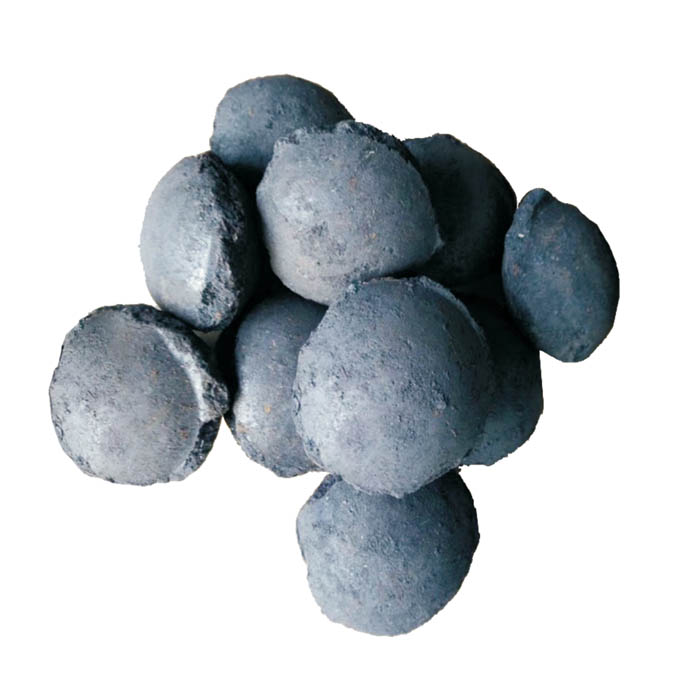Nov . 19, 2024 06:17 Back to list
outdoor pipe insulation material
Outdoor Pipe Insulation Materials Protecting Your Plumbing in All Seasons
Insulating outdoor pipes is an essential practice for homeowners and businesses alike, as it significantly reduces the risk of damage caused by freezing temperatures, condensation, and temperature fluctuations. It also contributes to energy efficiency by maintaining the temperature of the fluids within the pipes. With a variety of insulation materials available, selecting the right one for your outdoor pipes can make a substantial difference in their longevity and performance.
Understanding the Need for Insulation
Outdoor pipes are exposed to the elements throughout the year, which can lead to various issues such as freezing, bursting, or condensation forming on the pipe surface. In colder climates, water inside the pipes can freeze, expanding and potentially causing cracks or breaks. On the other hand, in hot climates, insulated pipes can prevent heat transfer, ensuring the fluid inside remains at a stable temperature. Insulating both types of pipes can save energy and prevent costly repairs.
Types of Insulation Materials
1. Foam Pipe Insulation One of the most popular and cost-effective materials, foam pipe insulation is made from polyethylene or rubber. It comes in cylindrical shapes that simply wrap around the pipes, providing excellent thermal resistance. This type of insulation is effective against freezing and is relatively easy to install. However, foam insulation should be protected from direct sunlight to prevent degradation.
2. Fiberglass Insulation Fiberglass is another common choice for outdoor pipe insulation. It consists of tiny glass fibers that trap air and provide effective thermal resistance. Fiberglass insulation often comes in blankets or rolls, and it can be wrapped around pipes with additional protective covering. While it is durable and effective, it can be more complicated to install and generally requires protective clothing during installation due to its irritating dust.
outdoor pipe insulation material

3. Mineral Wool (Rock Wool) Insulation Known for its fire-resistant properties, mineral wool is an excellent choice for high-temperature systems. It offers superb insulation against heat loss as well as soundproofing benefits. Though it may be more expensive than foam or fiberglass, its durability and fire resistance make it a long-term investment, particularly for industrial applications.
4. Reflective or Radiant Barrier Insulation This type of insulation consists of reflective surfaces that are typically made of aluminum foil, designed to reflect heat away from pipes. This is beneficial in hot climates where the goal is to keep the fluid inside cooler. These barriers are most effective when installed with an air gap, allowing them to function well in various applications.
5. Heat Tape Not a traditional insulation material but a supplemental safeguard, heat tape can be wrapped around pipes to prevent freezing. It is electrical and generates warmth to keep the pipes from freezing during cold weather. While effective, careful attention must be paid to installation to avoid overheating and potential fire hazards.
Installation and Maintenance
Proper installation of insulation materials is crucial to maximize their efficacy. For pipe wraps or blankets, ensure that there are no gaps where cold air can infiltrate. Sealing the seams with weather-resistant tape can provide an added layer of protection. Regular inspections are also necessary; check for any signs of wear or damage, especially after extreme weather events.
Conclusion
Choosing the right outdoor pipe insulation material can have a profound impact on the longevity and efficiency of your plumbing system. With options ranging from foam and fiberglass to mineral wool, each material offers unique benefits that cater to different needs and environments. Investing in proper insulation not only protects your pipes but also contributes to lower energy bills and less maintenance in the long run. Regardless of where you live, ensuring your outdoor pipes are insulated should be a top priority. By taking these steps, you can safeguard your plumbing from the elements while promoting energy efficiency in your home or business.
-
Fe-C Composite Pellets for BOF: Enhance Steelmaking Efficiency
NewsAug.07,2025
-
Eco-Friendly Granule Covering Agent | Dust & Caking Control
NewsAug.06,2025
-
Fe-C Composite Pellets for BOF: High-Efficiency & Cost-Saving
NewsAug.05,2025
-
Premium Tundish Covering Agents Exporters | High Purity
NewsAug.04,2025
-
Fe-C Composite Pellets for BOF | Efficient & Economical
NewsAug.03,2025
-
Top Tundish Covering Agent Exporters | Premium Quality Solutions
NewsAug.02,2025
